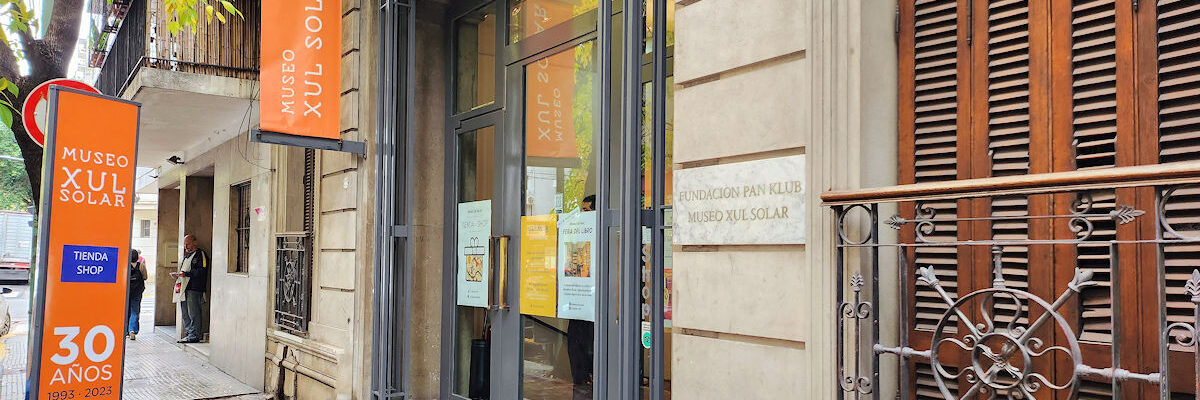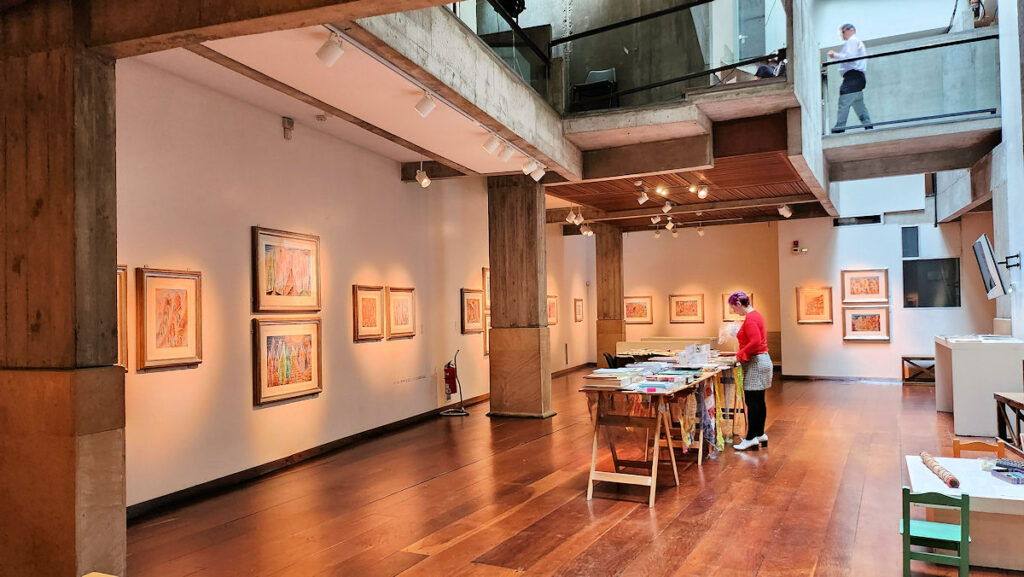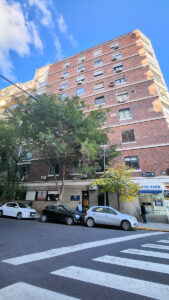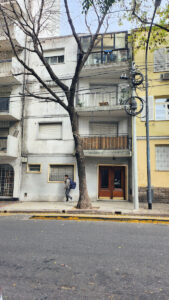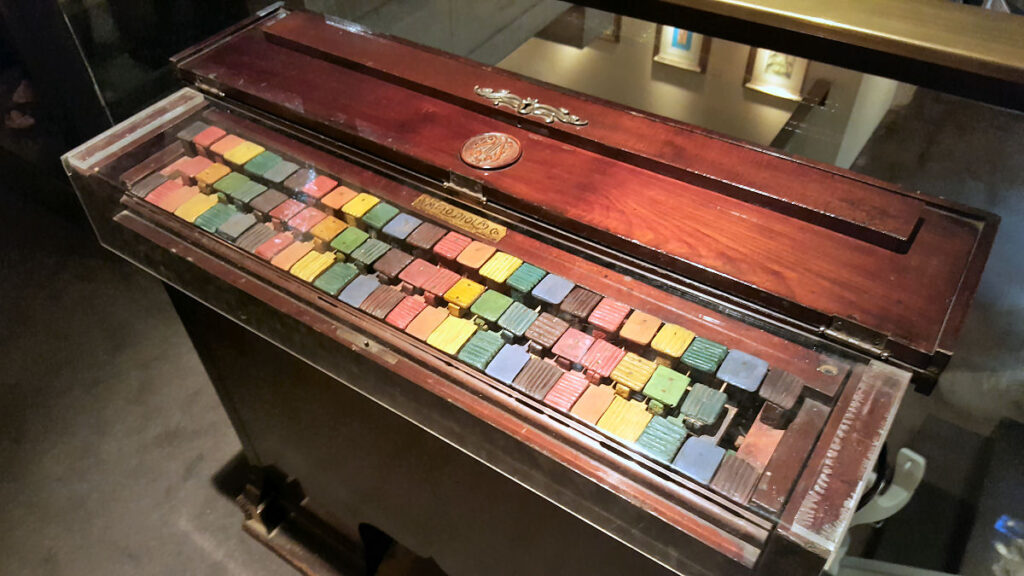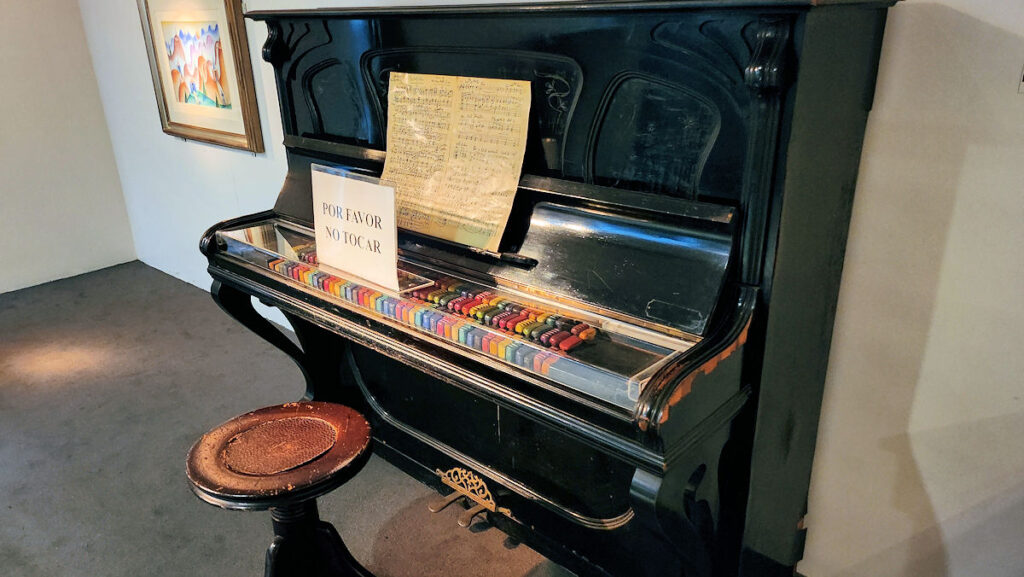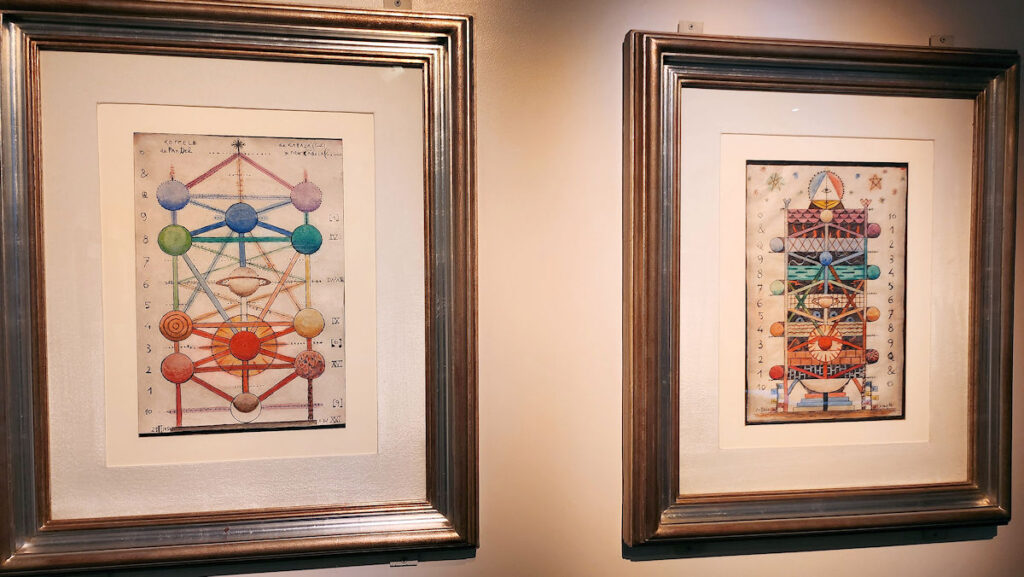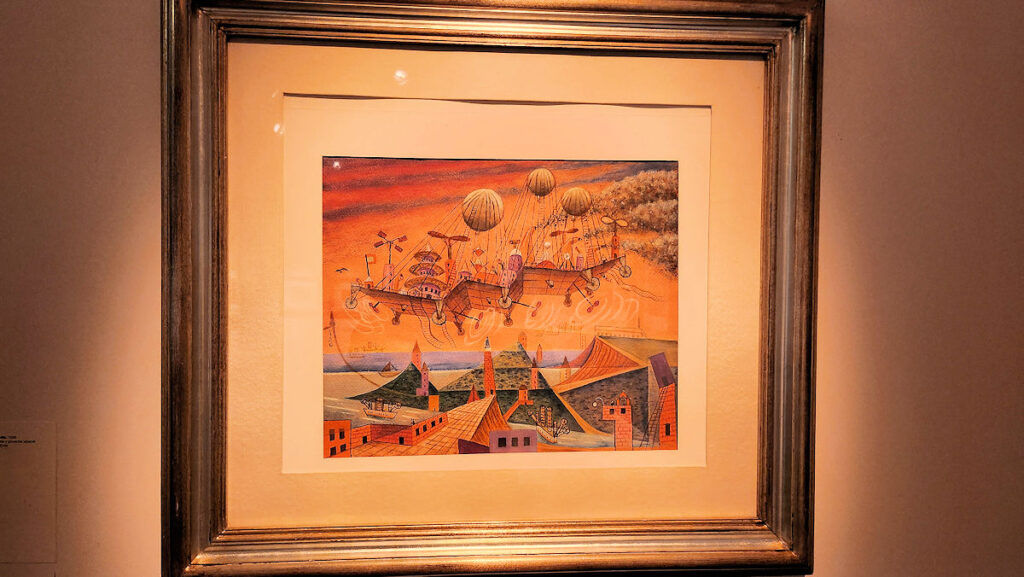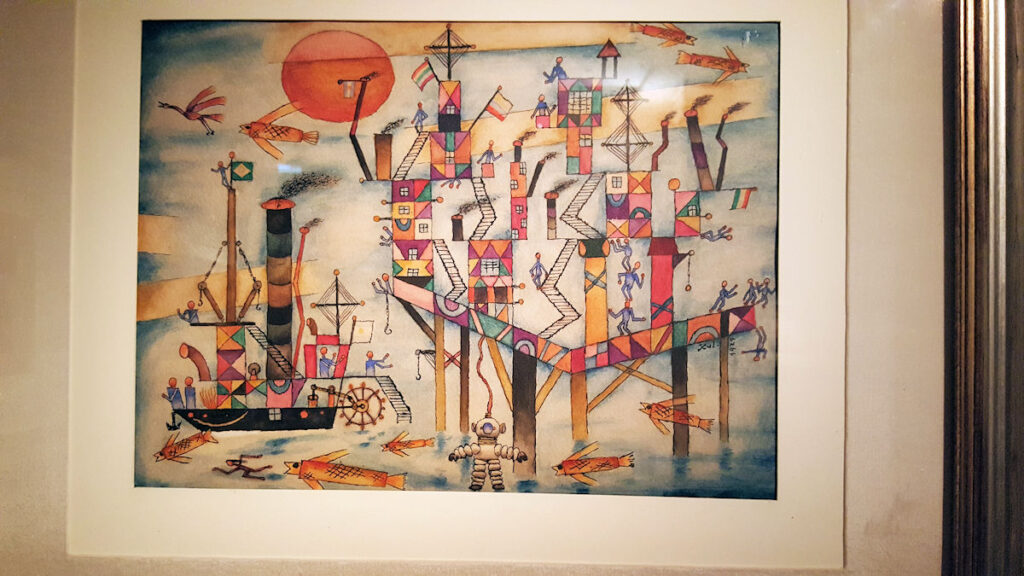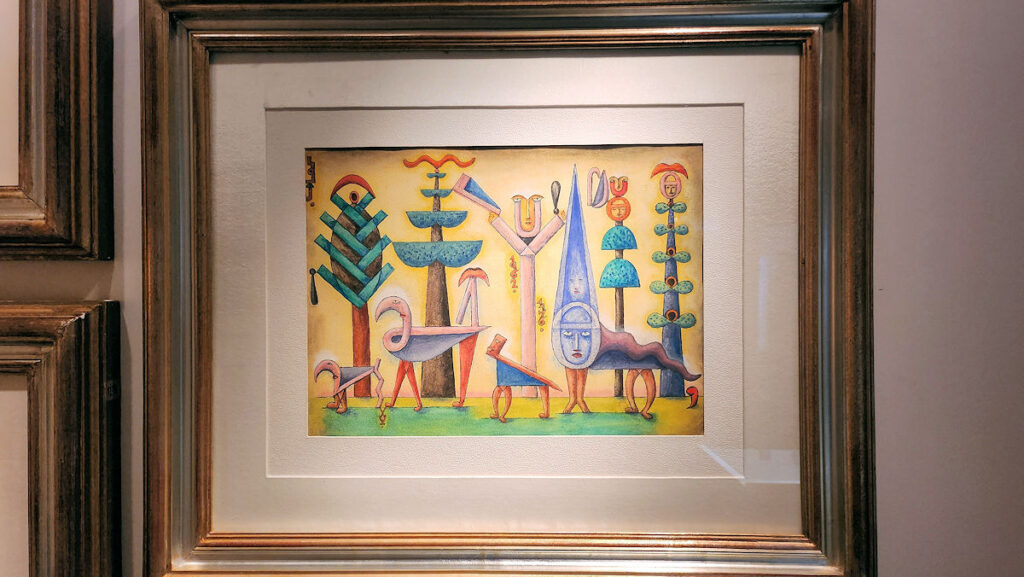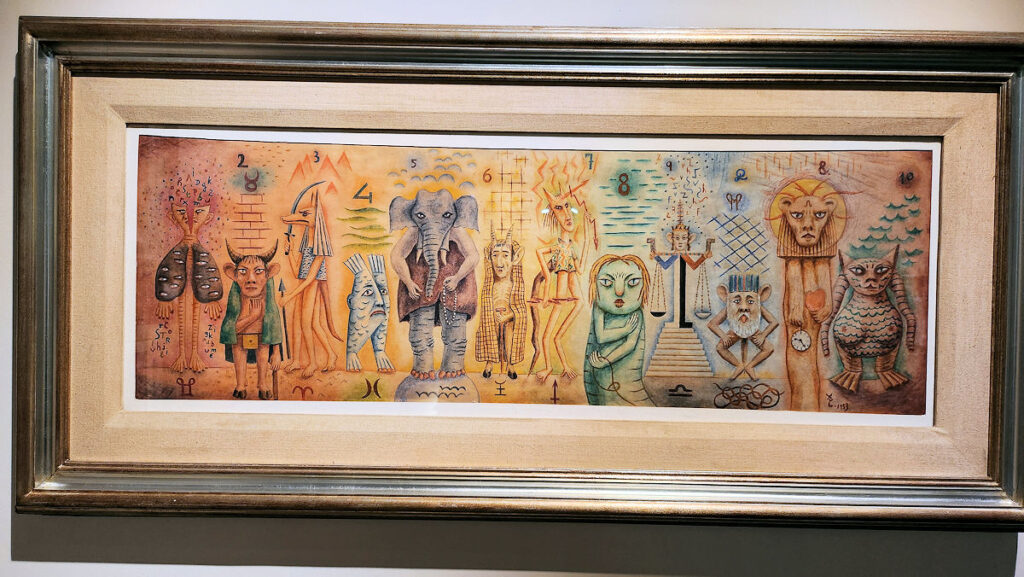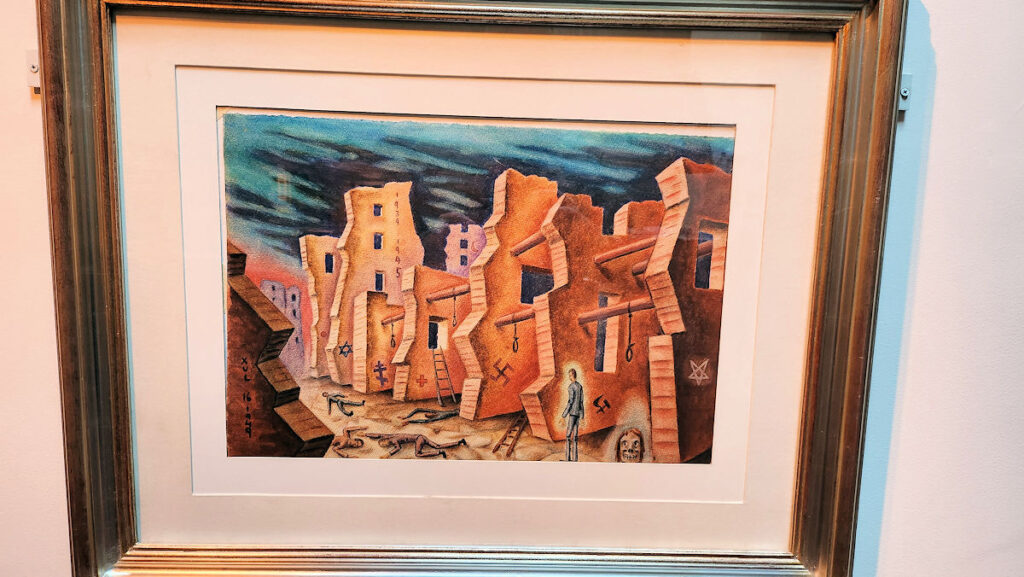Probably my favorite art museum in Buenos Aires is the private museum in the former studio of the influential, and quirky, Argentine painter and sculptor Xul Solar. The museum, at Laprida 1212, in Recoleta, is open Tuesday to Saturday from noon to 8 p.m., entrance fee is currently 4000 pesos, about $3, with, I believe, half off for those over 60.
Xul Solar was born Oscar Agustín Alejandro Schulz Solari in 1887 in Buenos Aires. His early years were shaped by an unusual childhood, his father was the warden of the major political prison in Buenos Aires, and young Oscar had the run of the place after school, with some of the more erudite political prisoners often helping him with his homework. Although born in the town of Tigre, about 30km north of Buenos Aires (his early childhood home is apparently visible, on occasional Saturdays, by arrangement, which I haven’t done, and it’s rather hard to get to, being out on an isle in the delta), he spent most of his childhood and teen years in two apartments (above, Juncal 1480, and below, Mansilla 2936) here in my neighborhood of Recoleta.
He studied architecture at the university, but bored with it, he headed off to spend a few years in France, Italy, and England, where he became friends with other artists who pushed him to develop his own art. He was also befriended by the English occultist Alistair Crowley, who had a hand in developing his interest in mysticism and the occult. In this period he adopted the name Xul Solar, a combination of a re-imagining of his maternal and paternal surnames, and the reversal of the Latin word lux, accompanied by his respelled last name, he claimed indicate the light of the sun. This fit in well with his personal view that he wasn’t quite human, inventing his own language, system of music and musical notation, and religion.
Xul Solar’s painting style is a colorful mix of geometric shapes and mystical themes. His work is full of symbols and references to things like astrology, Kabbalah, and Eastern philosophies, blending them all together in ways that make you stop and think. His art often features surreal landscapes with strange, otherworldly figures and floating cities. It’s hard to pin down exactly what style he falls into because his work borrows from surrealism, abstraction, and symbolism all at once. His paintings invite you into a world where reality and imagination merge, offering a glimpse into his deep interest in the spiritual and the unknown.
Some of Xul Solar’s standout works include a series entitled “Pan Tree” (Árbol Pan), in which he creates a fantastical tree with branches that more or less follow “chakra points”, symbolizing the idea that all languages and cultures are connected.
…and “Flight Town” (Vuel Villa) one of his most well-known pieces, is a painting of a utopian city floating in the sky, blending architecture, fantasy, and mysticism. These works highlight Xul Solar’s creativity and his ability to merge spirituality, language, and visionary imagery into his art.
I’ve also picked out a few others that I just personally like, for your… viewing pleasure.
Visit the museum if you’re in Buenos Aires!
